Kōwaowao and mountain hounds tongue fern can germinate on host trees and grow without a connection to the forest floor. In contrast, mokimoki climbs tree trunks and always maintains a connection to soil.
|
Microsorum is a genus of ferns that has members in Africa, India, China, Madagascar, south-east Asia, Australia, some south Pacific Islands and, of course, New Zealand. "Microsorum" refers to the small sori (clusters of spores) on the underside of the leaves which are a splendid orange-brown colour. Our Microsorum trio all grow epiphytically but can also occur on the ground/rocks. The trio consist of the endemic mountain hounds tongue fern (Microsorum novae-zealandiae) and two species that we share with Australia: kōwaowao (M. pustulatum subsp. pustulatum) and mokimoki (M. scandens). All three species have thick creeping rhizomes from which leaves on thin stipes emerge. The fronds are often variable, ranging from single, linear fronds to ten or more thin lobes (pinnae). Mountain hounds tongue fern only occurs in the North Island. It has beautiful golden scales along its rhizome and the largest fronds of the three species. Kōwaowao has the broadest frond lobes within which very distinct veins are visible. The rhizome of this species can be blue-green with brown spots. Mokimoki is known as 'fragrant fern' because the fronds have '...an agreeable delicate scent' (Colenso 1892b). The juvenile, undivided fronds can often look like frills on the trunks of tree ferns.
Kōwaowao and mountain hounds tongue fern can germinate on host trees and grow without a connection to the forest floor. In contrast, mokimoki climbs tree trunks and always maintains a connection to soil.
0 Comments
Your comment will be posted after it is approved.
Leave a Reply. |
Subscribe to NZ Epiphyte Blog:Like us on Facebook!
Catherine KirbyI work with NZ's native vascular epiphytes at the University of Waikato. I completed an MSc on epiphyte ecology and the shrub epiphyte Griselinia lucida and have recently published the Field Guide to NZ's Epiphytes, Vines & Mistletoes. Categories
All
Archives
August 2016
|
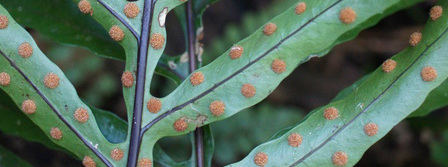
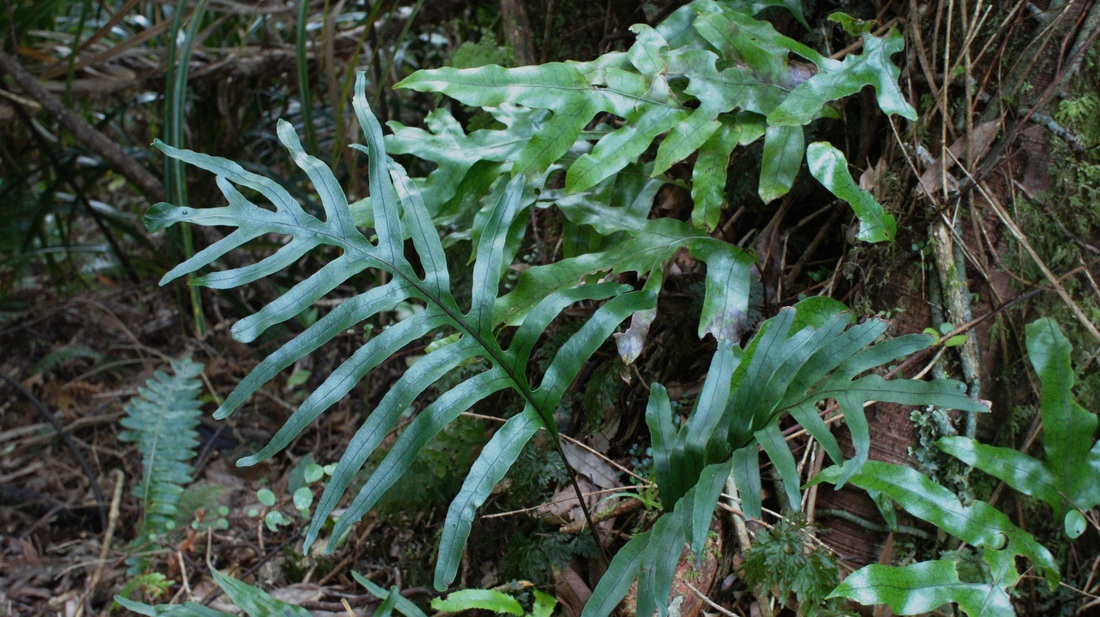
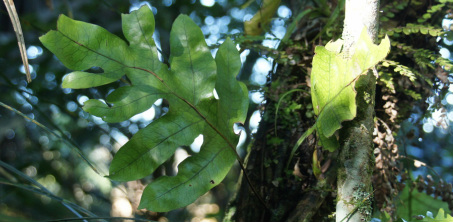
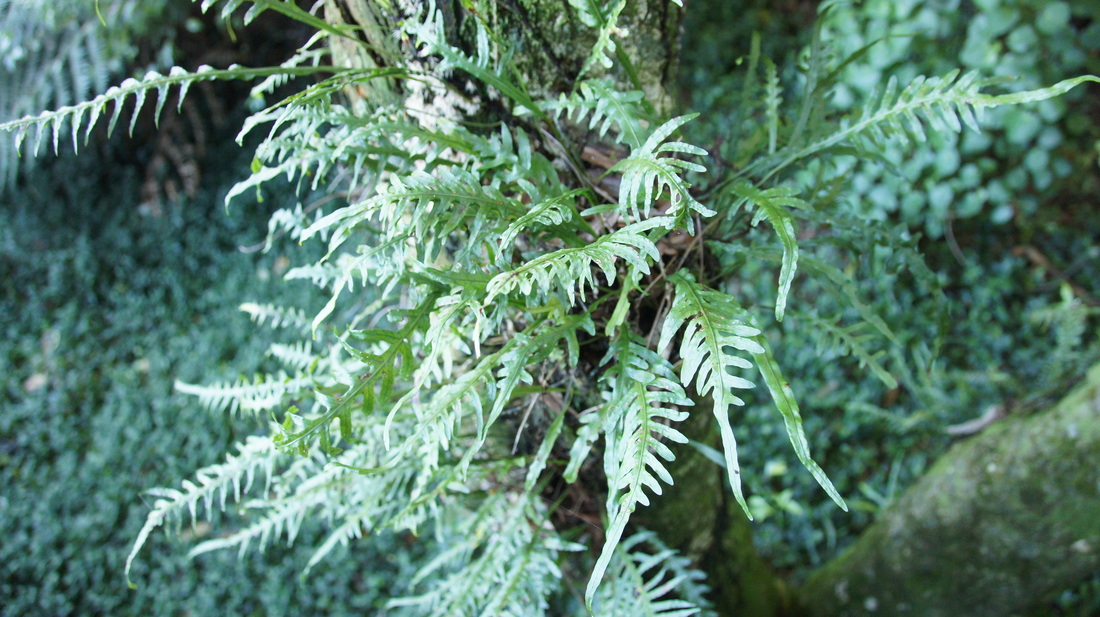
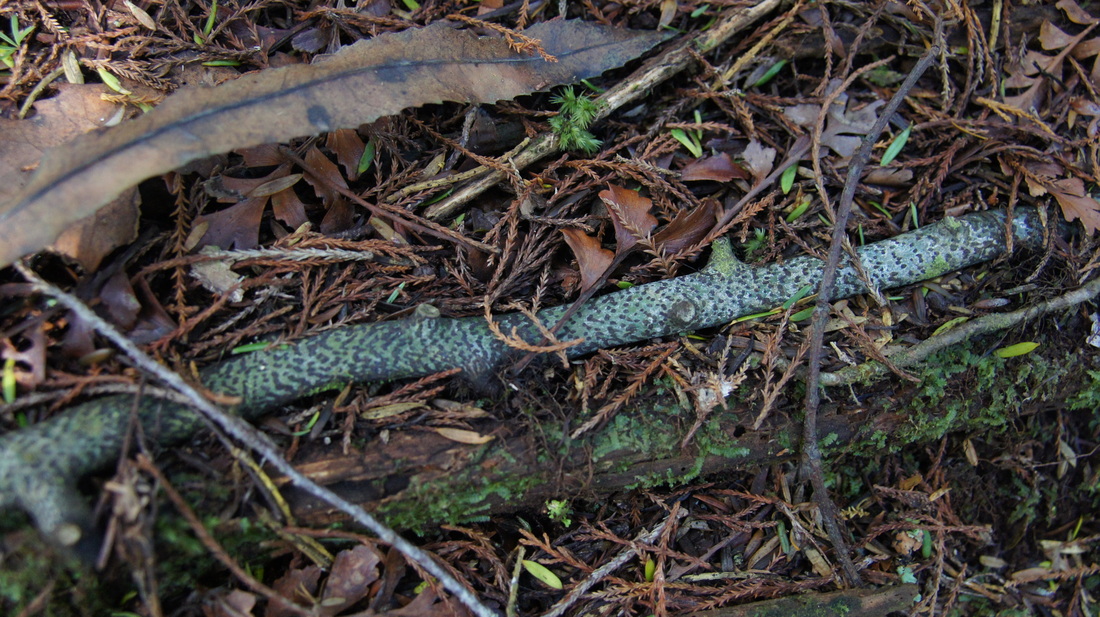

 RSS Feed
RSS Feed
